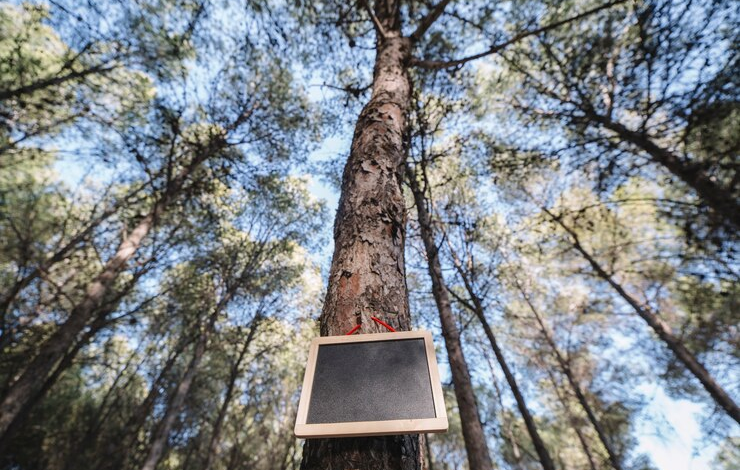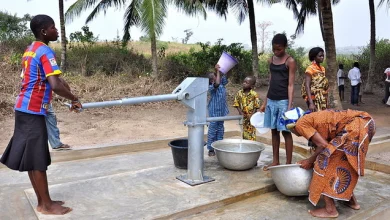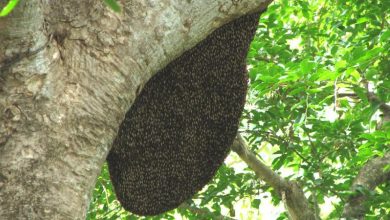Why Tree Trimming Is Crucial For Emergency Tree Services

Tree Trimming: Trimming trees is an important part of keeping cities and suburbs safe and avoiding accidents. This method not only makes landscapes seem better but also makes them safer by reducing the likelihood of trees falling during storms and other bad weather. Proactive tree pruning is a crucial component of emergency tree services to reduce risks and safeguard people and properties.
Why Tree Trimming Is Crucial
1. Preventing Dangers:
When it comes to emergency tree services, routine tree trimming is crucial for reducing hazards. Arborists can protect people and property from storm-related hazards by regularly inspecting trees for signs of disease or death and cutting down any unhealthy limbs. Hazards like falling limbs or uprooting are less likely to occur in trees that have been cut appropriately.
2. Beefing Up Your Storm Plan:
A well-trimmed tree will withstand storms, high winds, and heavy snow better than an unpruned one. By reducing wind resistance and increasing airflow through the canopy, trees are less likely to snap branches or topple over in the case of a violent storm if they have been pruned correctly. Reducing the need for emergency tree service after natural disasters requires this proactive approach to storm preparedness.
3. Preventing Illnesses:
By keeping up with routine trimming, you can spot the first symptoms of disease or infestation and treat them before they spread. While trimming regularly, arborists can look for signs of problems including pest activity, fungal growth, or unusual leaf discoloration. To maintain the overall health of the urban forest and decrease the need for emergency interventions caused by rapid tree decline, it is important to remove diseased branches or trees as soon as possible to prevent the transmission of diseases to nearby vegetation.
4. The Security of the Structure:
Strong and steady growth patterns are encouraged by regularly cutting trees to maintain their structural integrity. This method lessens the likelihood of abrupt failures caused by weak attachments and promotes healthy branch dispersal. A more secure environment is a result of structurally balanced trees, since they are less prone to fall victim to human or natural stresses.
Job Duties in Tree Emergency Services
1. Prompt Reaction:
When trees fall and impede roads or threaten buildings, emergency tree services can respond faster if trees are trimmed beforehand. Regularly pruned trees are less hazardous and easier to remove, which speeds up the cleanup process and gets impacted regions back to normalcy faster.
2. Mitigating Risks:
Preventative tree-cutting lessens potential dangers in the event of an emergency. Communities can lessen the blow to public safety and infrastructure caused by disasters by preventing them from becoming emergencies in the first place. Not only does this method improve general readiness for unexpected events, but it also saves time and resources.
Tree trimming is crucial for emergency tree services as it helps prevent potential hazards, especially during storms or high winds. Regular trimming removes weak, dead, or overgrown branches that could break and cause damage to property, power lines, or people. By maintaining a tree’s structure, trimming reduces the likelihood of falling limbs during extreme weather, minimizing emergencies.
It also promotes healthy growth and improves a tree’s stability, making it less susceptible to storm damage. Properly trimmed trees are easier to manage in emergencies, reducing the time and cost needed for removal or repairs. Overall, tree trimming enhances safety and prevents potential crises.
In summary
Regular tree trimming is an essential part of keeping your property secure, making it more resilient, and reducing the likelihood of emergency tree services being necessary. Emergency situations caused by storm damage or falling trees can be greatly reduced if communities take proactive measures to eliminate possible threats and encourage healthy tree development. Regular tree trimming is an investment in the health of suburban and urban areas that pays dividends in the form of reduced risk to property and infrastructure.









